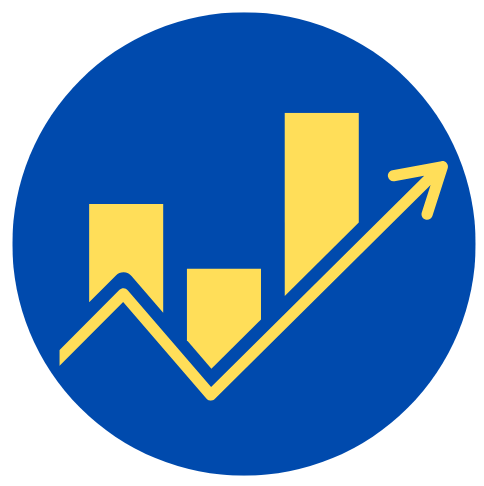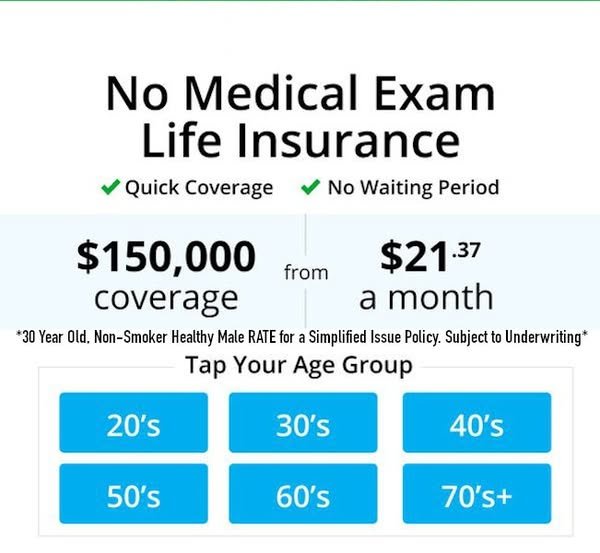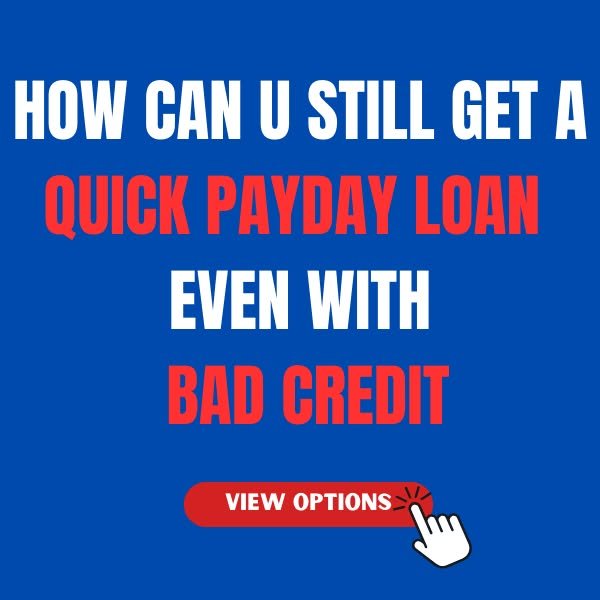Fast Cash, Big Decisions: What You Need to Know About Quick Loans in America
Quick loans are simply referred to as payday loans, personal loans, or emergency loans. They represent short-term funding solutions aimed at helping people to access funds promptly and efficiently. In the United States, quick loans have lately gained immense demand due to reasons such as COVID-19 and rising living costs, which has caused uncertainty.

These loans are mostly smaller amounts with a relatively shorter period to pay them back-mostly within a few weeks or months.
Types of Quick Loans
Several types of quick loans exist in America. Most common include:
- Payday Loans: The payday loan is specific for the short term, to help the borrower manage expenses until his next payday. Payday loans are short-term loans that usually range from $100 to $1,000. They are usually paid within two weeks or the date of the borrower’s next payday. The application process is often quick and easy, and the funds can be transferred directly into the borrower’s checking account.
- Personal Loans: Personal loans are unsecured loans that can be used for a variety of purposes, including medical bills, home repairs, or paying off existing debts. While these loans tend to have higher borrowing limits than payday loans, they still offer relatively quick approval and funding. Some lenders may provide same-day loans, depending on the borrower’s creditworthiness and the lending institution’s policies.
- Title Loans: Title loans are secured loans. These are considered as bad credit loans, and the borrower has to use a title for their vehicle as collateral. Since the vehicle can be used as security, these loans will be much easier to acquire, even for those with bad credit. However, if the borrower defaults on his loan, he might lose his vehicle.
- Installment Loans: Unlike payday loans, installment loans are paid back in several installments over a longer period of time. These loans are usually taken by people who require more time to pay back or those who require a larger amount of money. Although they tend to have longer repayment periods than payday loans, they still offer quick access to funds.
The Allure of Quick Loans
There is a major attractiveness of quick loans, which comes in the way of speed and convenience. Some people are exposed to situations when they need funds urgently, often due to car repairs, unforeseen medical spending, or another emergency.
This is where fast loans come to the rescue since most lenders do offer online application forms that usually take minutes to fill out, and the process is approved directly into the customer’s bank account within hours, sometimes even within the same day.
What is more, such loans usually carry fewer requirements as compared to standard bank loans. Most lenders usually do not expect the borrower to have perfect credit, which then makes the loan accessible to various people. It is also quite easy and unobtrusive to apply because most lenders do not require very much information at all, requiring only proof of income and employment, among others.
Dangers and Downside of Quick Loans
Although quick loans can seem to provide immediate relief, they also come with a large number of risks and drawbacks. The most significant problem of quick loans is a high rate of interest along with other fees that go with them. According to recent studies, some payday loans offer APRs of more than 400 percent. This would eventually develop a vicious cycle of debt, in which, unable to pay in due time for the loan issued, the borrower is forced to take more loans for settling the amount borrowed.
The repayment terms are short. Even though quick loans are designed to be short-term solutions, many borrowers may struggle to repay them within the set time frame, and late fees and additional interest charges are incurred. This further aggravates financial difficulties and makes it harder for people to break free from debt.
Lastly, not all quick loan lenders are reputable. Some predatory lenders take advantage of individuals in financial distress by offering loans with exorbitant fees and hidden terms. Borrowers should be cautious and ensure they are working with licensed, trustworthy lenders.
Conclusion
Quick loans in America offer a fast and accessible solution for individuals who need urgent funds. Whether it is a payday loan, personal loan, title loan, or installment loan, these loans provide the convenience of quick approval and funding.
However, high costs, short repayment terms, and the potential for debt cycles make them a risky option for many borrowers. Individuals should be cautious and think through the terms and their ability to repay before taking out a quick loan.
Loans such as quick ones are useful sources of temporary fiscal repair if administered responsibly. For borrowers, awareness of the possible risks and any long-term influence on their wallet is necessary.
You May Like: Unlocking Financial Freedom: The Rise of Cloud-Based Personal Loans



